Today, we’re joined by guest Raymond Alonzo who shares his tips about building materials for different climates.
Raymond is studying journalism in Phoenix, Arizona. He’s interested in learning more about how our actions affect our environment.
Based in the US, his concepts can be applied to our corresponding climates.
If you are a part of my community or have been following me for a while, you’ll know how important our built environments are in terms of our health.
This post contains important points to consider. We can take all of these ideas to greater heights when we consider health hazards and risks, such as condensation, off-gassing and indoor air quality.

When you’re imagining what your new home will look like, you’re probably not putting much thought into the building materials being used. The types of materials that you choose will affect the long-term integrity of your home. Depending on the type of climate you live in, there are certain materials that will work with the environment instead of against it. Keep reading for materials that will work best with the different types of climates.
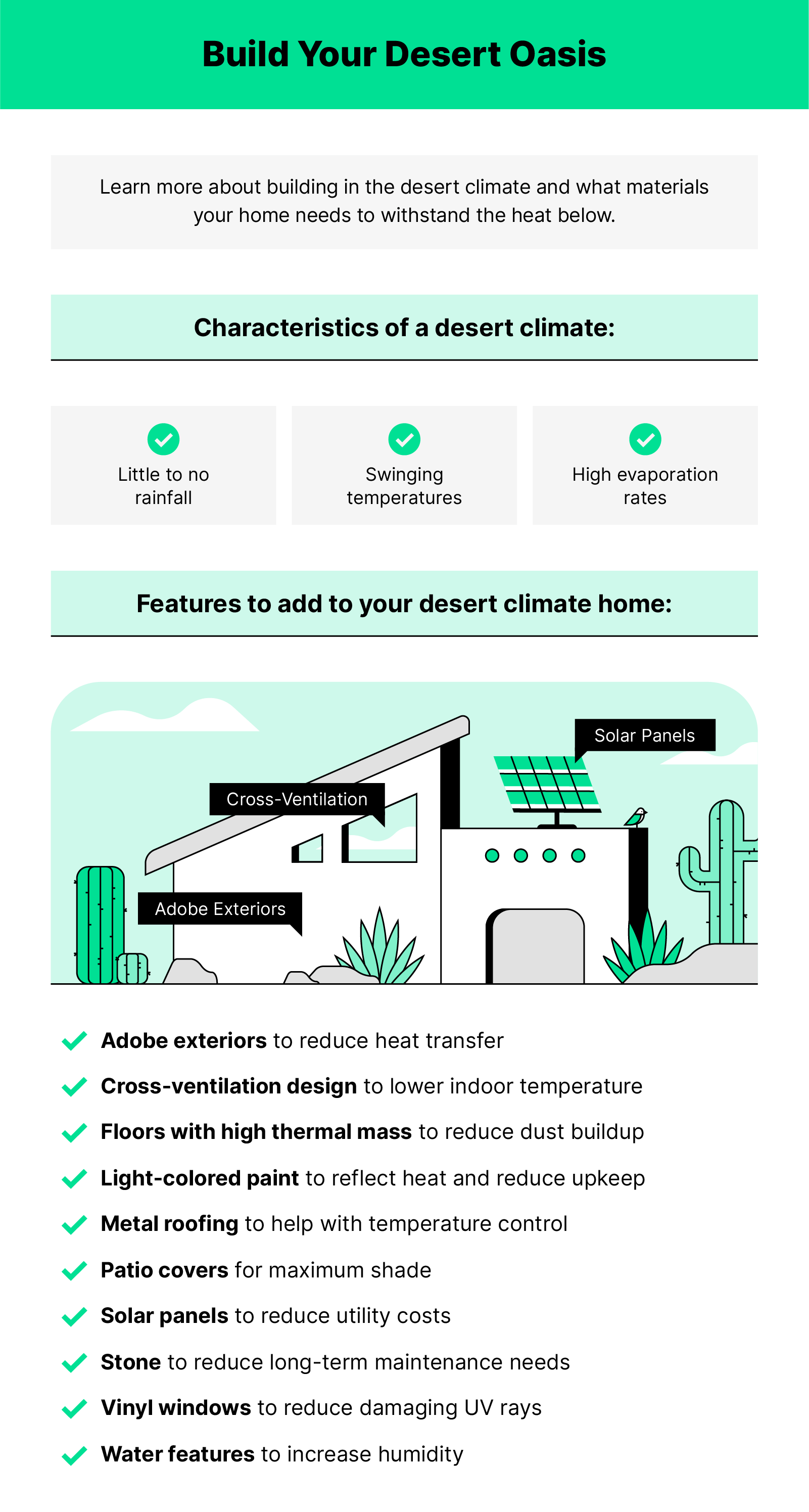
Building Materials for the Desert
The hot climate of a desert can be very damaging to homes. High evaporation rates, shifting temperatures and little precipitation all can contribute. Here are some materials to consider for your desert home:
- Adobe exteriors – Will reduce the absorption and transfer of heat, as well as water absorption.
- Tile/concrete floors – These floors have a high thermal mass and will reduce the buildup of dust and keep a steady, comfortable temperature.
- Metal roofing – Metal roofs help with temperature control, keeping your home cooler during the hot summer months.
- Vinyl windows – These windows reduce UV rays that are damaging, they also create an air-tight seal.
In addition, xeriscaping your lawn and planting drought-tolerant plants can keep your lawn low-maintenance and environmentally friendly.
Rainy Areas and Materials to Consider
The storms and precipitation that a rainy climate brings doles out a number of risks. Flooding, mould and warping wood are all issues that you may face living in a rainy environment. These materials will help alleviate these issues:
- Engineered hardwood – Engineered hardwood will keep out water and prevent any warping.
- Metal or asphalt roofing – These roofs will reduce the buildup of mould and mildew.
- Paperless drywall – Along with the roofing material above, paperless drywall can also reduce mould buildup in your home.
- Vinyl siding – A vinyl siding will keep rainwater moving away from your home.
Severe storms and water buildup can of course be damaging. Remember to make sure you aren’t building your home on a floodplain.
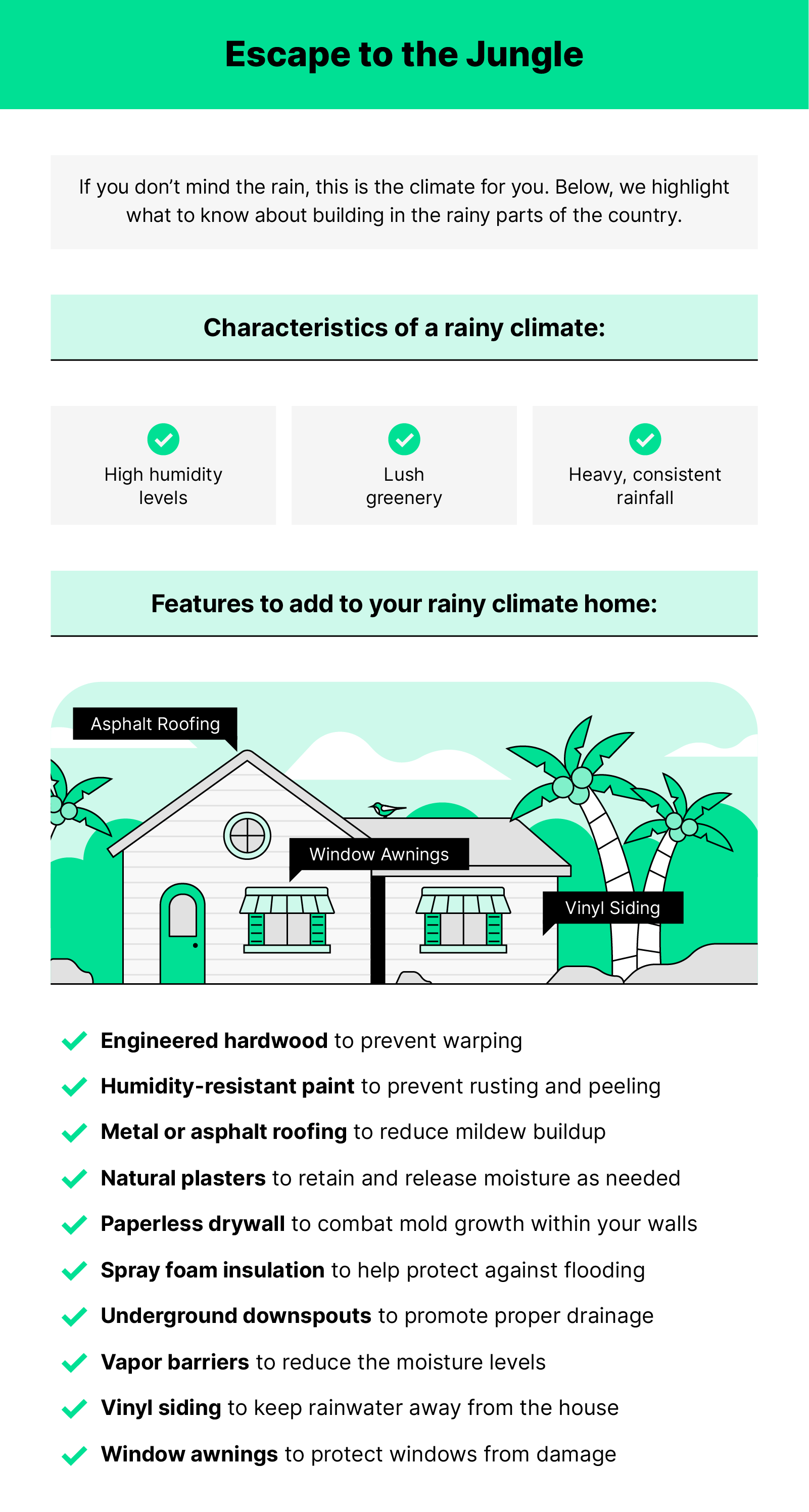
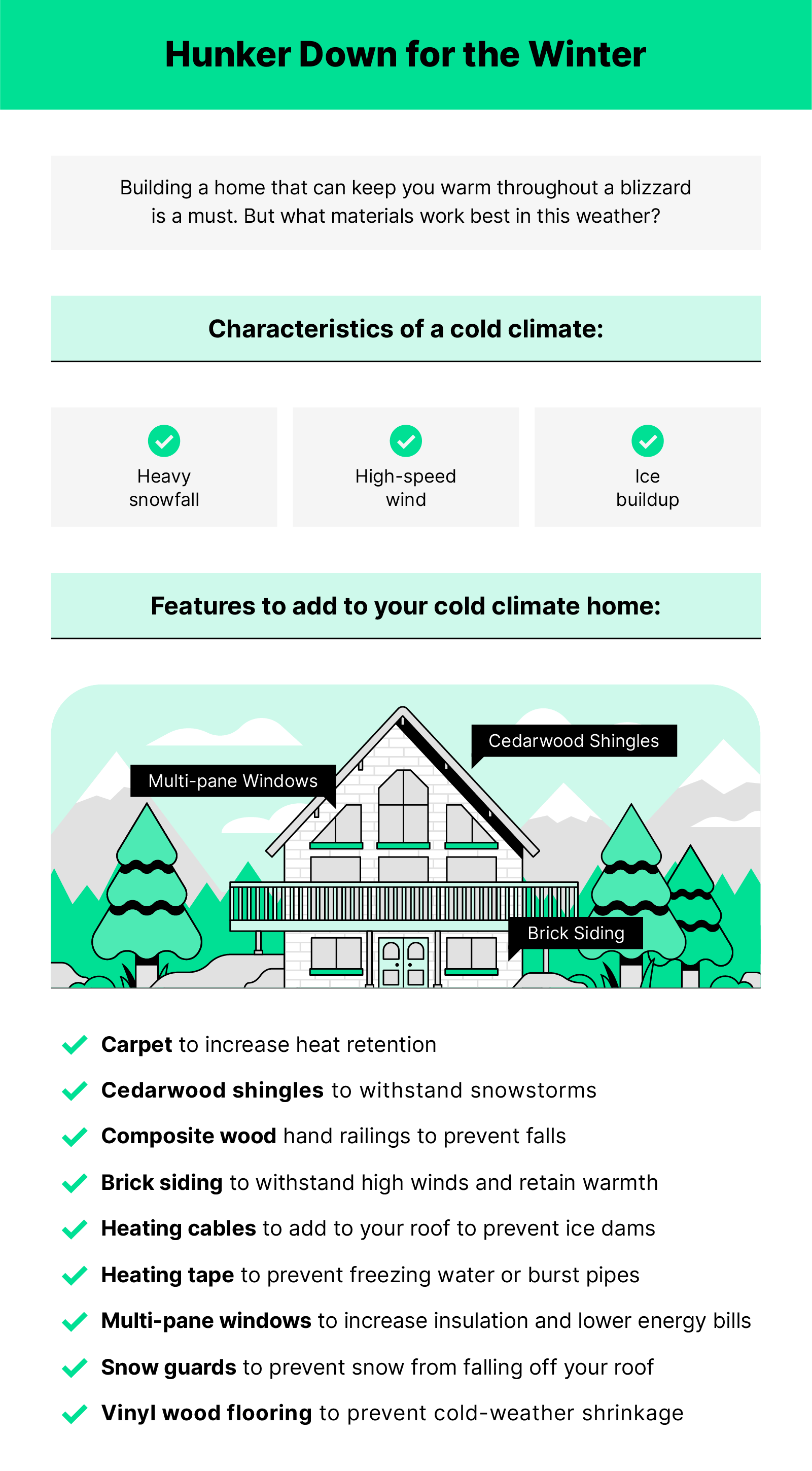
Building Materials for Cold Climates
In some parts of Australia, cold weather and snow is an inevitability. It’s no secret that snowfall and winter storms can be disastrous for homeowners, so here are some materials to help keep your home safe and secure:
- Carpet – Carpets increase heat retention, keeping your home warm throughout the colder months.
- Brick siding – The high winds of cold climates can be damaging, brick siding will withstand these high winds and also increase heat retention.
- Snow guards – Snow guards will stop snow from falling off your roof, preventing possible injuries.
- Multi-pane windows – Multi-pane windows will increase insulation and lower your utility bills.
Frozen pipes and a caved in roof from snow are real concerns, and the materials listed above will keep your home secure and environmentally friendly.
Building Materials for Windy Areas
High-speed gusts of wind, storms and unpredictable weather are all problems that people living in windy climates face. In windy environments, the materials used in home construction are especially important due to the damage high winds can cause. Here are some to consider:
- Concrete/steel parapet – Roof uplift is a serious concern in windy environments, a concrete or steel parapet will reduce uplift.
- Fibre cement siding – A siding made out of fiber cement will stand up to high impacts and winds, strengthening the integrity of your home.
- Rebar – To help secure wall materials to your house’s frame consider installing rebar.
- Steel framing – Steel framing can help your home stand up to high wind speeds.
In a windy environment, simply ensuring the structural integrity of your home is one of the best ways to protect the environment. If any pieces of your home go flying, they may damage plants and wildlife that are around.
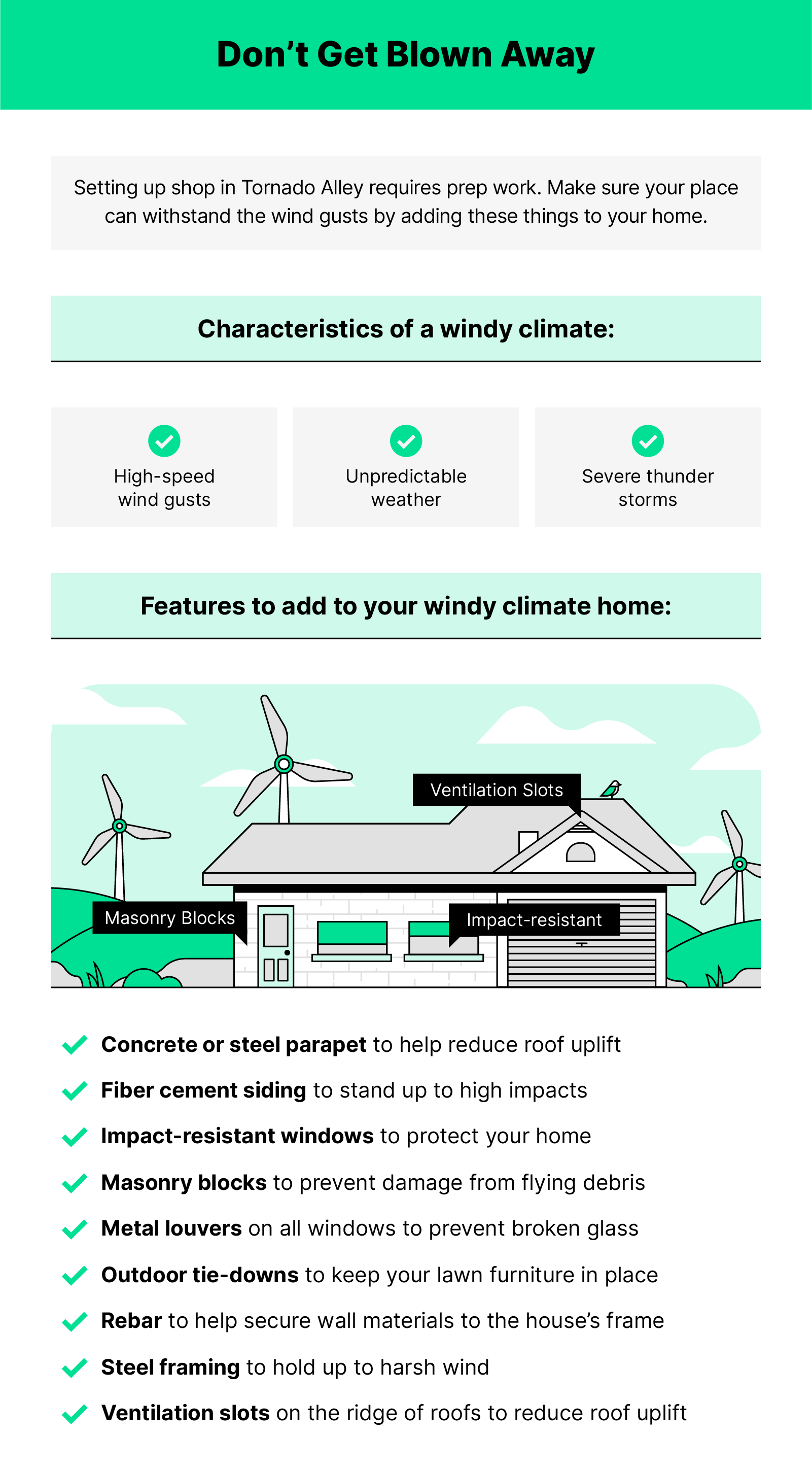
These are the main types of environments that homes are being built in. Remember to choose your building materials, location and homeowners insurance carefully. Your home and its construction will affect more than just yourself.
If you’re keen on learning more about this, and how you might consider these for your build (or reno), then let me know.
We can take these great foundational ideas and match them to suit your needs and climate, all the while planning for your building to support your health.

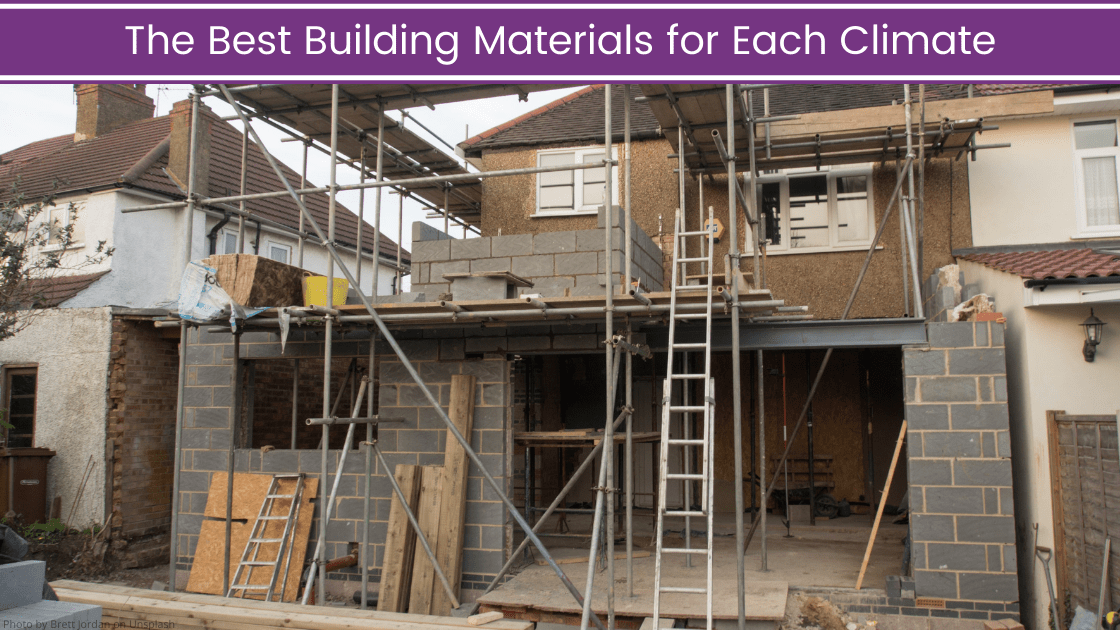


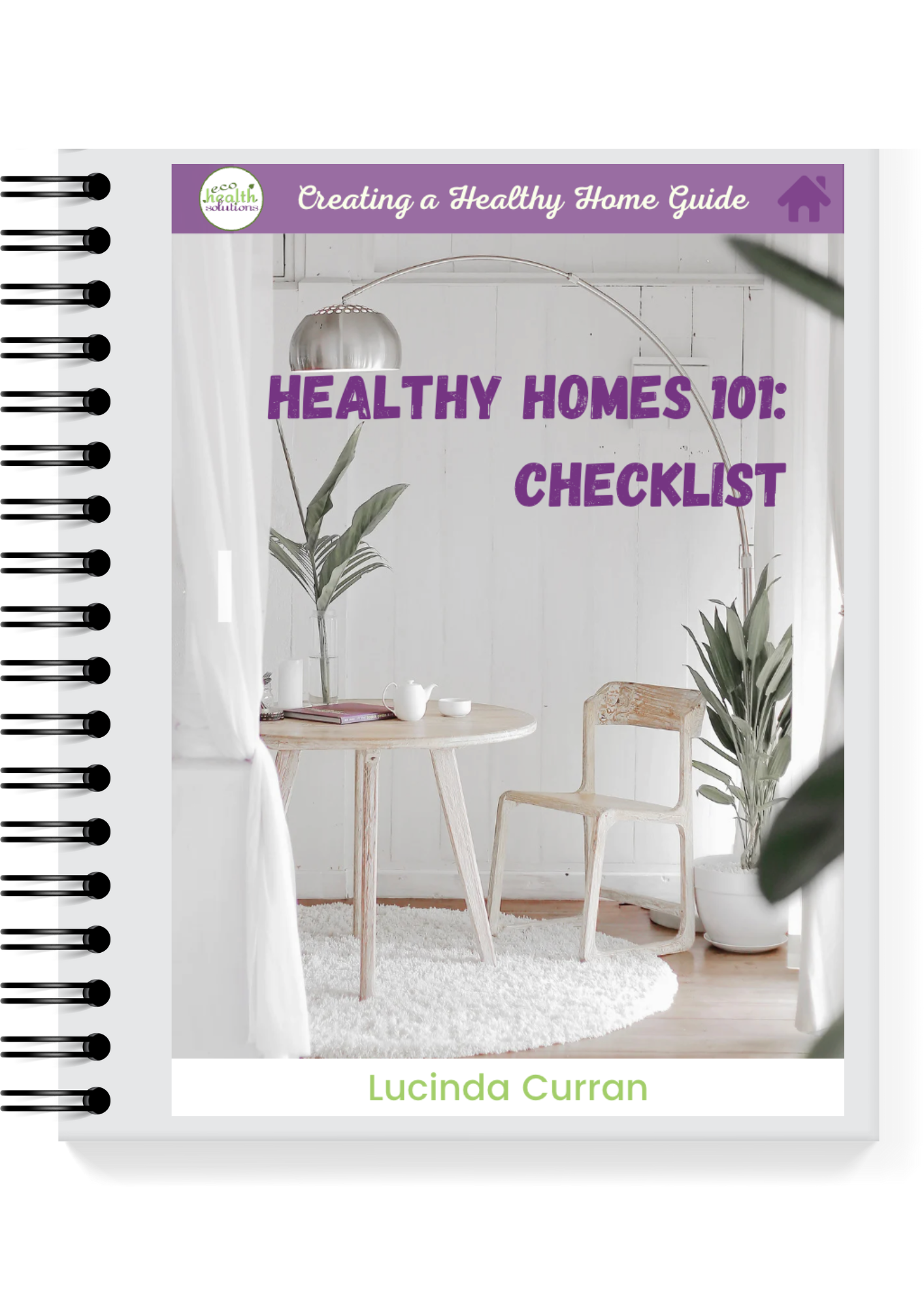




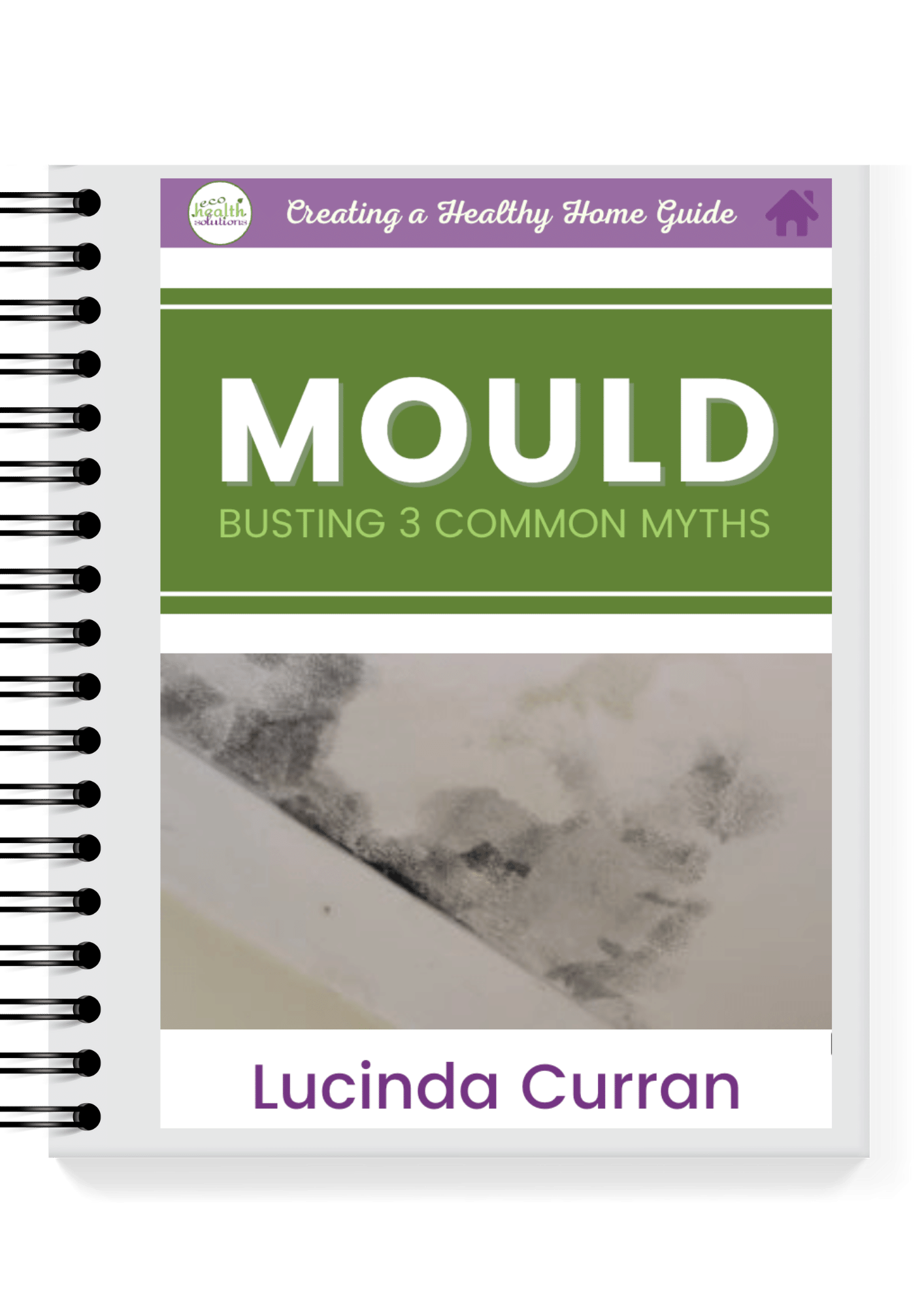




0 Comments